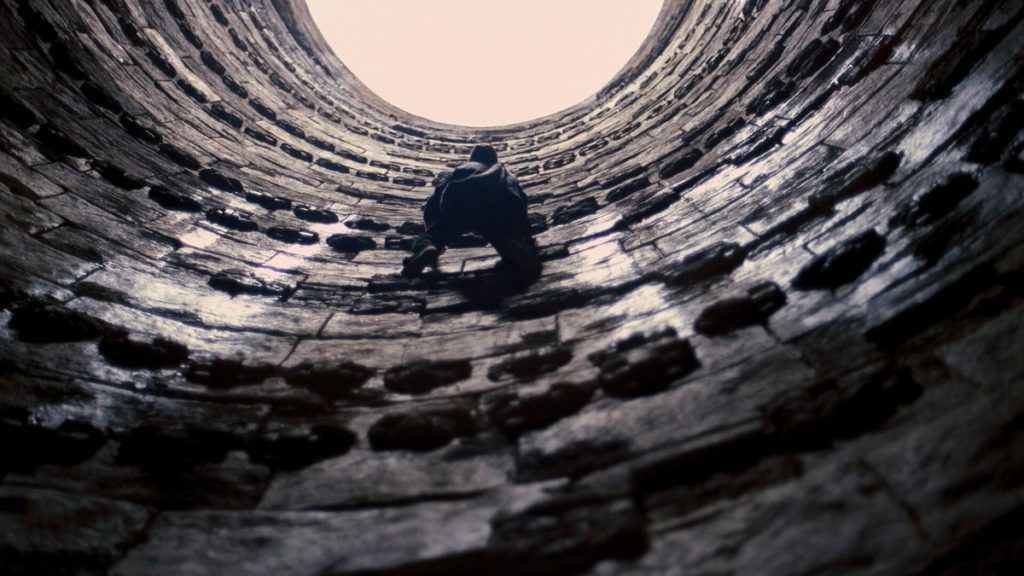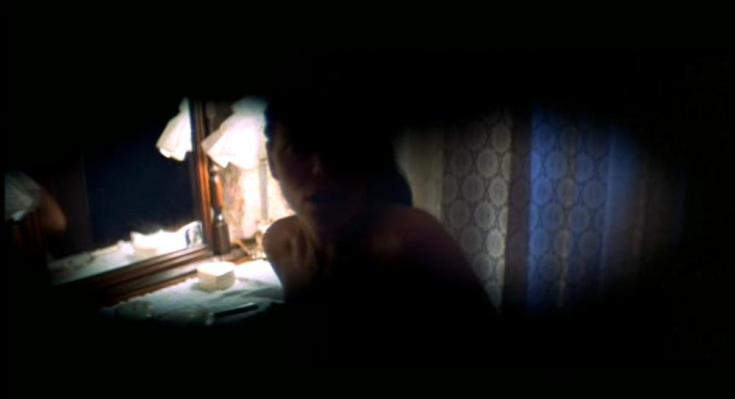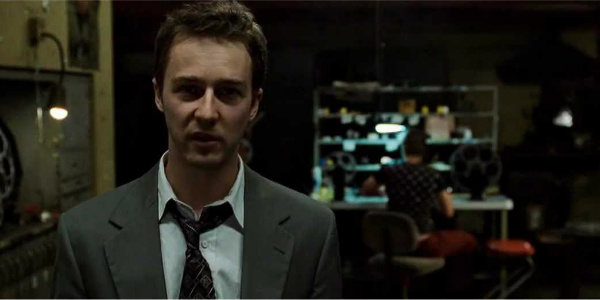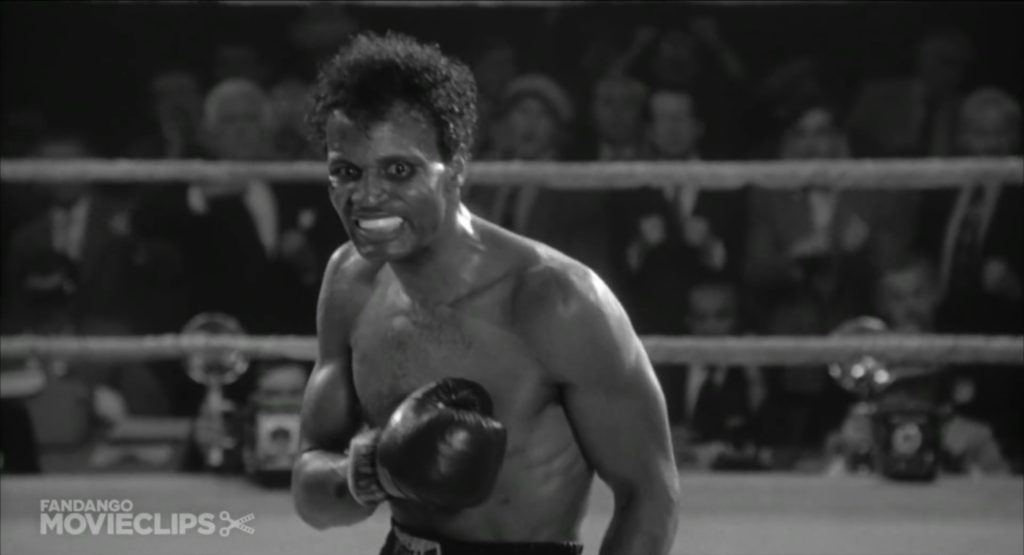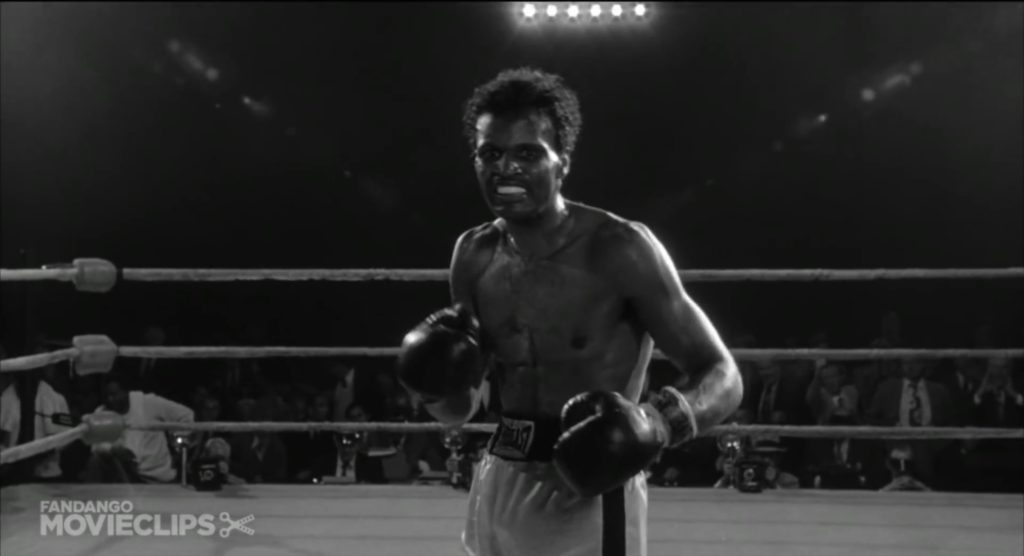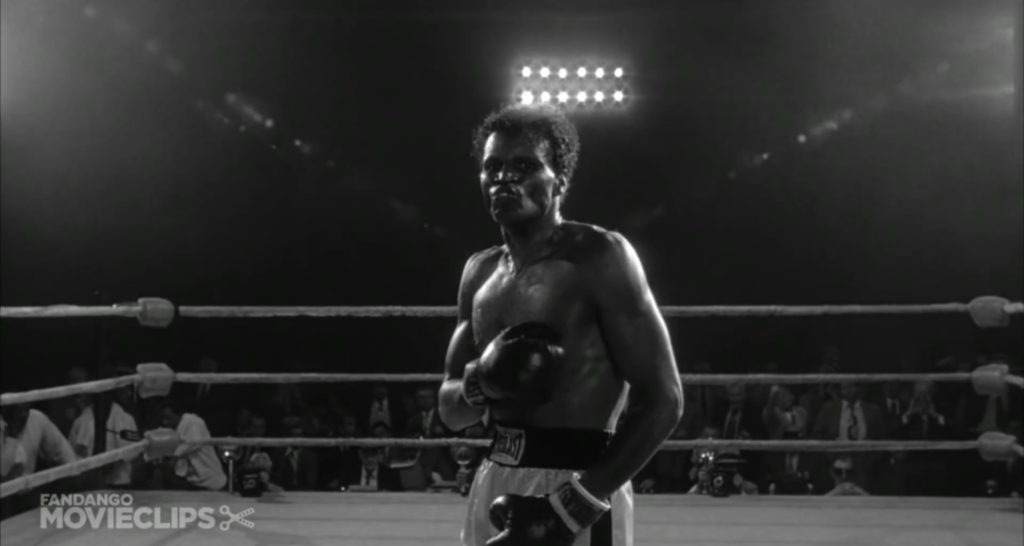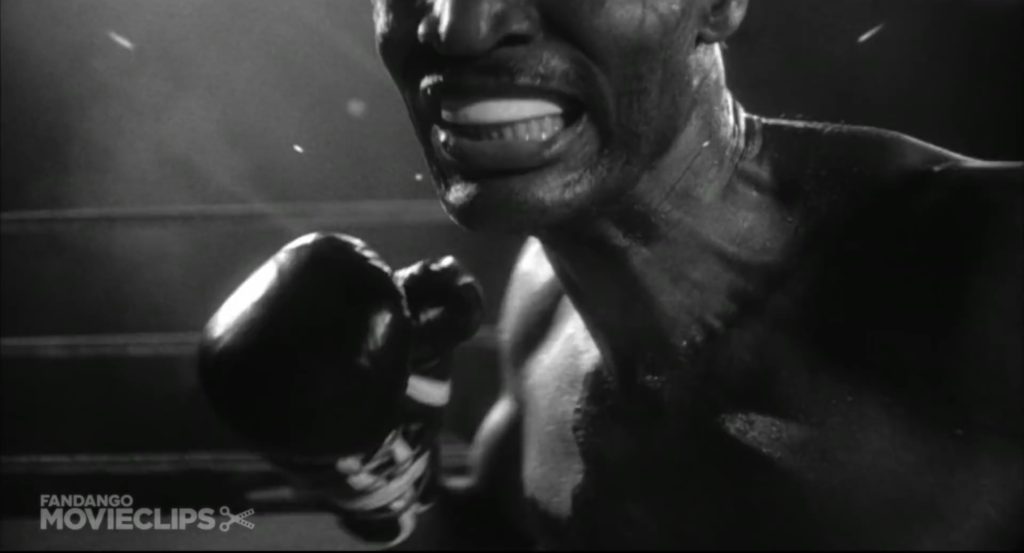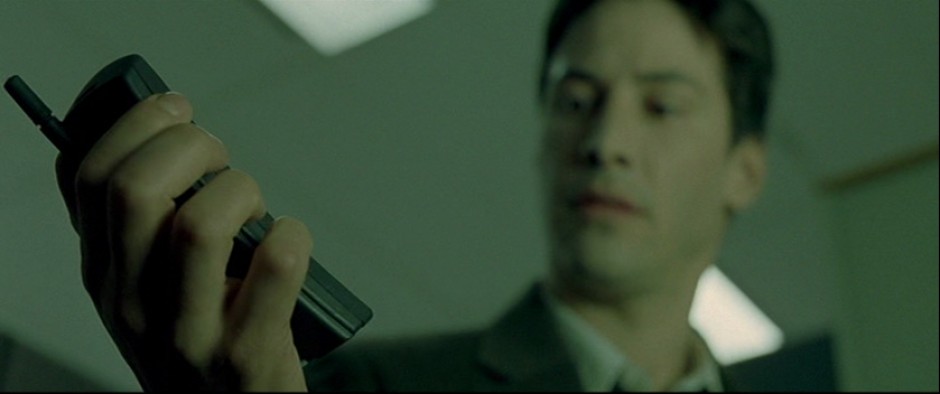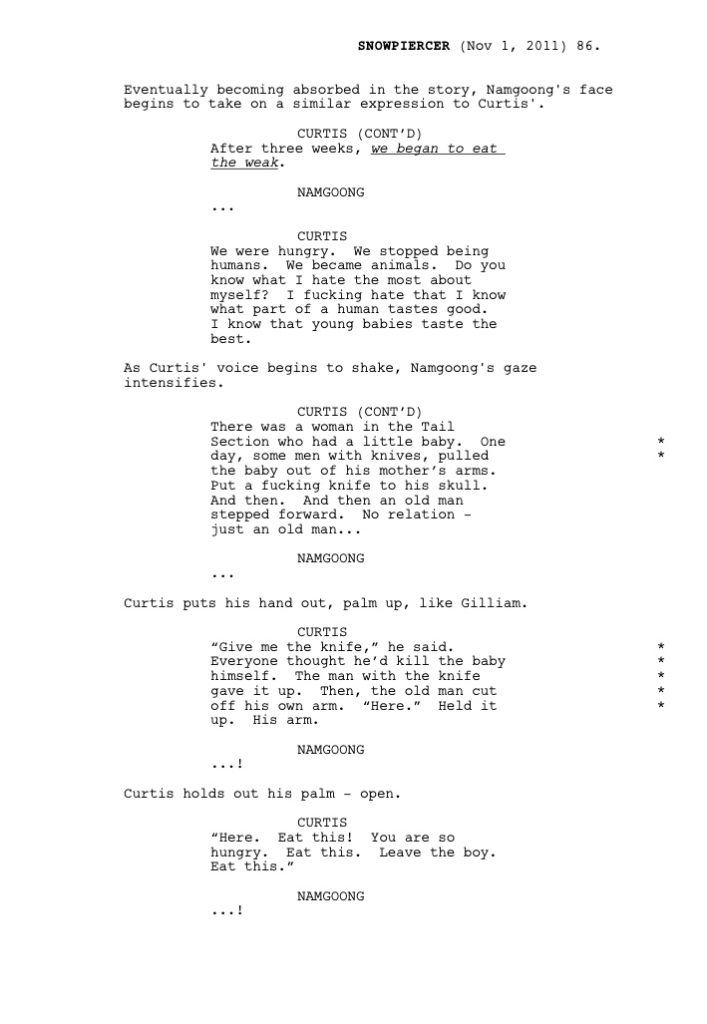
Inquiry:
Firstly I chose this screenplay because Star Wars is incredibly popular for a good reason, especially ‘The Empire Strikes Back’ where we wanted to film a scene which is iconic and wasn’t too exhausting or lackluster to watch. Also I grew up watching Star Wars and it was a huge part of my childhood. This particular scene is widely renowned as one of the most famous plot twists in film history. Another reason for why I chose it because there are only two characters in the scene and doesn’t require as much screen directing as most of the scenes in the film.
Action:
To make the film, we wanted actors to be in as much character as possible, so we acquired props such as a Darth Vader mask and a sound recording editor to make the actor that played Darth Vader have his exact voice. During the production, there were only two actors, including me and Will and he was also the cinematographer as we were only a two-person group. Since we didn’t have a spare team member, Will and I had to film shot reverse shot (He filmed me and Darth Vader and I filmed him as Luke Skywalker). Also the mask I wore during production limited me form speaking clearly and as a result Will had to dub the audio over after production. So to make the choreography work, we had the exact scene playing from Youtube in the background so I would simultaneously act out Darth Vader’s actions and Will would act out the scene without the over dub during production as he knew the lines already.
Refection:
What we’ve learned from the production and working with my group mate was that Will was willing to hear my suggestions out on how we should film and act out the lines from the screenplay. Also he put effort into making stay in character as much as possible , as he provided the Darth Vader mask and the voice editor and was also willing to do much of the editing because he had prior experience to editing techniques. What I think we could improve on is time management as we only got to finish the overdubbing of the audio during the deadline of when the film was supposed to be completed and the editing was only finalised a week after the deadline. Another thing which we can improve on is to make the choreography in the film more dramatic because although I got the actions right for Darth Vader in that scene, I just wasn’t passionate or intense enough in the gestures i was making.

